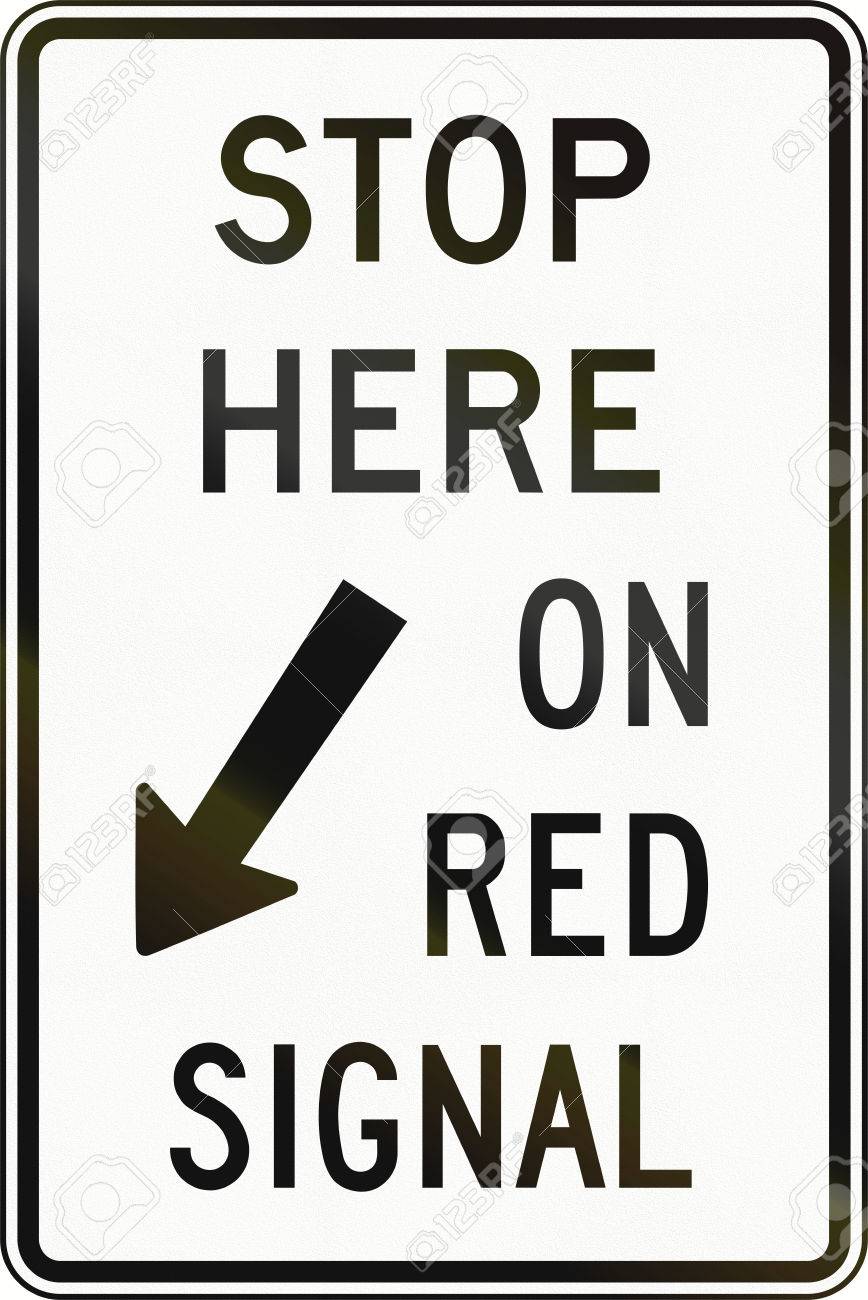Neutrino
Senior Member
Speaking of traffic lights: why are the poles located at the far side of intersections? It makes more sense to locate them at the near side to give drivers a better visual cue as to where they need to stop.
Speaking of traffic lights: why are the poles located at the far side of intersections? It makes more sense to locate them at the near side to give drivers a better visual cue as to where they need to stop.
Excellent heads-up. Just cycling down there, will take a look, as there are often better ways of doing things, and if there's actual examples, it helps the argument immensely.The only place we're currently suspending TTC span wire is on the AGO - and it looks great. There used to be street lamps directly affixed to buildings on Yonge Street south of Bloor after the subway was completed. All the wires were buried as well, and until the 1990s, traffic lights even were minimalist, affixed directly to short poles. It made for an uncluttered streetscape.
I used to really like how we had far-side traffic lights, but I've come to like near-side signals for that reason. I also like where traffic signals are placed lower, closer to the road, and without the huge yellow backboards that are the standard here. Those might make sense on high-speed roads, but not in urban neighbourhoods with low speed limits. Montreal does it better.





...and replace them with snow windrows?Some not bad ideas. The photos help more than the wordless diagrams - two of the three turns shown in the first diagram are illegal. I first thought the plan was to paint parts of the crosswalks purple. I wonder if they remove the bollards in winter.
Interesting, but like green boxes, some of this will violate the HTA unless clauses are written into it. I can see how it would work, and oddly enough, NYC drivers are probably more intuitive at handling this than Toronto drivers. There's something wrong with what I see, still haven't figured out what it is that's ingrained on my part, but necessary to change to do the moves necessary second nature as a cyclist without getting killed. A huge part of the problem intuitively is the loss of the most left lane to turn from. Concrete barriers would make it a lot easier.Toronto seems to do very little for Vision Zero. At least New York City is experimenting, which Toronto avoids.
My only question about the numbers of pedestrian deaths is how many of them were because the pedestrian was in the wrong, Ie crossing in the middle of a street?Here is an update on the number of pedestrian deaths in Toronto this year https://twitter.com/BenSpurr/status/1049802035061698561
Considering we are almost a third of the way through October, we are now on pace to have less pedestrian deaths than last year.
And this is why I hate media spin. I bet there will be a lot less reporting on pedestrian deaths now than there was when we were on pace for a record number a few months ago. Remember when people (including supposedly serious mayor candidate Jennifer Keesmaat) were calling for a state of emergency? it is less of an emergency now than ti was in previous years!!!
Here the reference on the number of pedestrian deaths for previous years:
https://www.cbc.ca/news/canada/toronto/pedestrian-deaths-prompt-concern-1.4560548
My only question about the numbers of pedestrian deaths is how many of them were because the pedestrian was in the wrong, Ie crossing in the middle of a street?
My only question about the numbers of pedestrian deaths is how many of them were because the pedestrian was in the wrong, Ie crossing in the middle of a street?
On October 7, the United Nations Intergovernmental Panel on Climate Change shocked the world–or at least affirmed our worst suspicions–with a report on the necessity of keeping global warming below 1.5 degrees Celsius, or risk widespread wildfires and swaths of heat-scorched land, and flooding bad enough to sink coastal cities. To hit that target, countries, local governments, and countries alike will need to fully decarbonize and shift to renewable energy by 2050.
It’s a steep, and necessary, order, but there’s proof that the City of London is already on track: The day after the report came out, the City introduced a plan to dramatically reduce car traffic and speeds in the financial district, colloquially known as the Square Mile. Under the proposals from the City of London Corporation, the local authority for the district, cars would be banned from half of all roads in the city center, and vehicles passing through on access roads would be limited to 15 mph. The move, according to the Evening Standard, is intended both to improve cyclist and pedestrian safety, and reduce emissions.
The City of London Corporation presented the draft plans to local elected officials as part of the lead-up to the unveiling of its final Transport Strategy, which the agency will publish next spring, and about which it’s been sourcing feedback and suggestions over the course of this year. At the core of the Transport Strategy for the district is pedestrianizing streets around key local tube stations like Liverpool Street and Moorgate, and adding more two-way, protected bike lanes on major streets.




